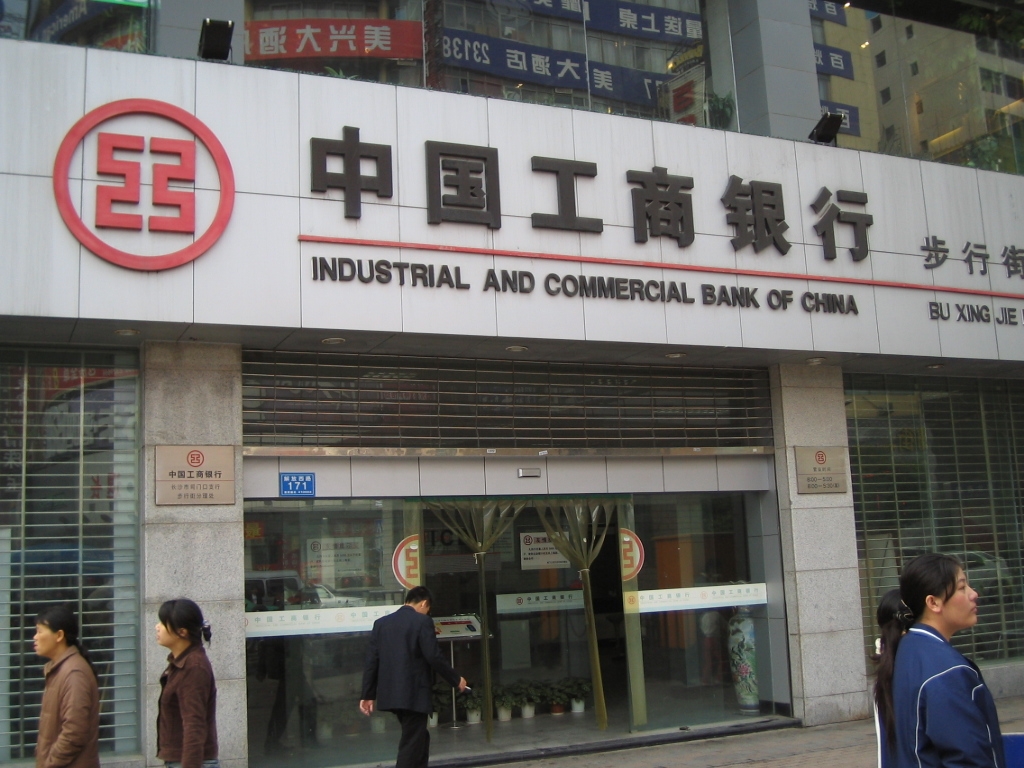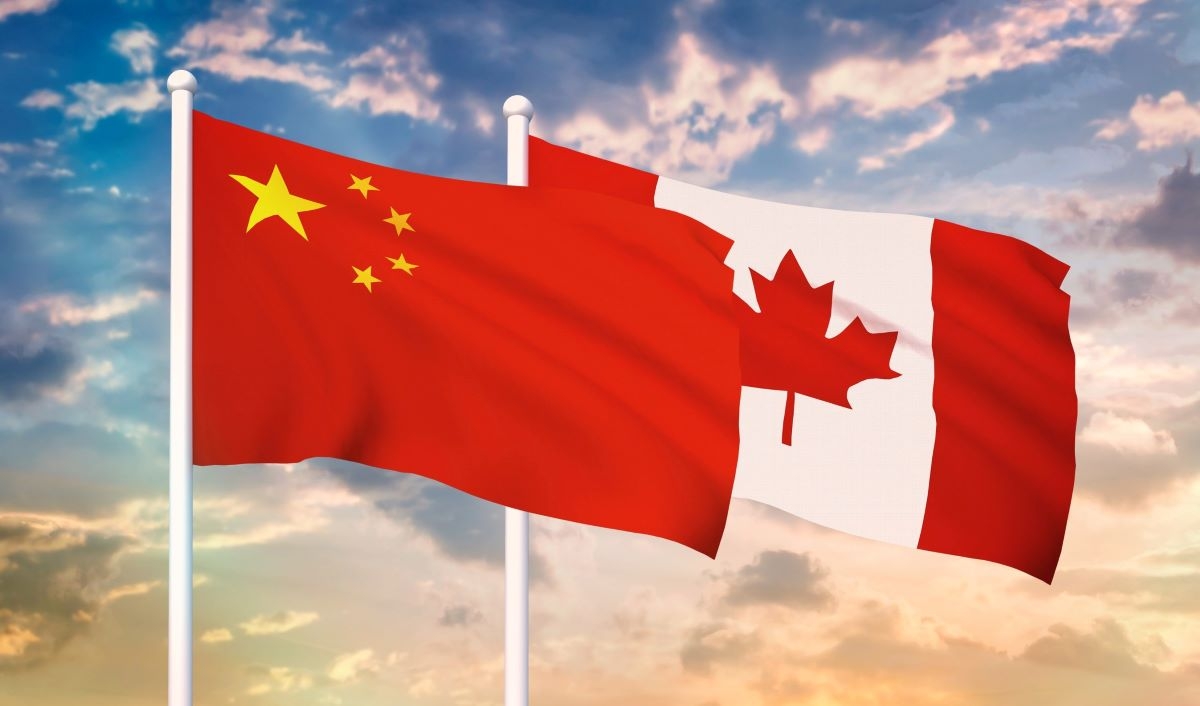
Financing and Funding for the Belt and Road Initiative
 China's Belt and Road Initiative (BRI) is Chinese President Xi’s signature
China's Belt and Road Initiative (BRI) is Chinese President Xi’s signature
foreign policy plan and is one of the most ambitious infrastructure and investment
efforts in history. The BRI began in 2013 to boost trade through investment in
ports, power plants and other infrastructure in more than 140 countries from Asia
to Europe and Africa.
Since the Belt and Road Initiative (BRI) began in 2013,126 countries and 56 international organizations across Asia, the Middle East, Europe, Africa and South America have signed cooperation agreements with China to participate. With the total trade volume between China and participating countries surpassing US$6 trillion and a need for an additional US$26 trillion in investments by 2030 to keep the economy growing, significant funding is crucial to ensure the continued success of the initiative.
So, how is the BRI being financed? The funding of the BRI can be classified into four distinct channels: policy banks, state-owned banks, sovereign wealth funds and international financing institutions. Below is an overview of each branch and its main banks or institutions.
1. Policy Banks
Also referred to as policy lenders or institutional banks, they are made up of two Chinese banks. These policy banks were established in 1994 by the State Council of China with the aim to implement the government’s economic policies. Each one is dedicated to providing help to lead businesses in specific sectors. During the first Belt and Road Forum in 2017, China pledged to provide around US$55 billion in loans from the two policy banks.
China Development Bank (CDB)
The CDB specifically finances infrastructure, energy and transportation and it is often portrayed as the engine that powers China’s economic development policies. Consequently, the CDB is an important driver behind the BRI and its contribution is consistently growing. It is also the largest foreign-currency lender, and the second biggest bond issuer in China. The CDB also accounts for more than a quarter of the country’s yuan bonds.
Export-Import Bank of China (Exim)
The Exim Bank specializes in implementing Chinese state policy in the industry, foreign trade, diplomacy, investment and international economic co-operation. Given its important role, the Exim Bank of China is a major player in financing the BRI.
2. State-Owned Banks
China has multiple state-owned banks, but the big four are the ones that are increasingly involved in financing the BRI as they are tied to China’s major state-owned enterprises, and provide much of the funding to them. As such, they are the one delivering most of the financing. These banks have also been specifically tasked with collecting billions to fund investment for BRI projects.
Industrial and Commercial Bank of China (ICBC)
With over US$4 billion in total assets, ICBC is the largest and most valuable bank in the world by market capitalization.
China Construction Bank (CCB)
The CCB is the world’s second-largest bank by market capitalization with more than US$3.4 billion and the sixth-largest company in the world. The CCB has also been leading roadshows to fundraise at least US$15 billion from investors onshore and offshore.
Agricultural Bank of China (ABC)
The ABC is China’s third-largest lender with over US$3.2 billion. The bank assigned funds for BRI projects such as the Beijing-Tianjin-Hebei cluster, Guangdong-Hong Kong-Macau Greater Bay Area and the Yangtze Economic Belt. In 2018, the ABC increased its loans by almost US$63 billion.
Bank of China (BOC)
The BOC is the second-largest lender in China overall, and the fourth-largest bank in the world by market capitalization value with more than US$2.9 billion.
3. Sovereign Wealth Funds
Sovereign wealth funds (SWF), also known as sovereign investment funds, are investment funds that are state-owned. As opposed to the state-owned banks, the SWF mainly invests in financial assets such as bonds, precious metals, real estate and stocks. They also invest globally, hence why they have been working to fund BRI projects around the world.
China Investment Corporation (CIC)
CIC manages an important part of China’s foreign exchange reserves. And around one third of its US$814 billion funds are allocated to private markets, with a priority given to developing countries, and increasingly the ones who require funds for BRI projects.
China Life Insurance Company
It is only recently that China Life has been allowed to invest in foreign real estate. As such the fund’s foreign investments increased to US$11.6 billion, which represents 2.9 percent of its overall portfolio. Increasingly, a growing amount of China Life’s funds have been directed to BRI projects with the ambition to increase foreign investments to over 15 per cent of its overall portfolio.
China National Social Security Fund (SSF)
5.94 per cent of the SSF’s fund is reserved for overseas investments. Consequently, the SSF stated that as part of its strategy it will increase its contribution to BRI financing and investments.
The Silk Road Fund (SRF)
The SRF is a US$40 billion multilateral investment fund was created to facilitate the BRI and is directed by the Shanghai Gold Exchange. It invests in projects in mining, precious metal mining, extraction infrastructure and to secure mining rights. The aim of the fund is to split profits between the sovereign nations in question and to increase gold deposits of poorer countries and their investors.
4. International Financing Institutions
An increasing number of multilateral investment funds that have been initiated by other nations but with China as one of their shareholders has been taking part in BRI projects. These institutions are not exclusively focused on the BRI but face with the large geographic scope of the BRI they have all become active supporters. Below are four of the largest ones.
The World Bank Group
The World Bank is an international financial institution, with 189 different countries as shareholders, that provides loans to countries to fund capital projects. The group is already deeply involved with countries along the BRI and works with the Asian Infrastructure Investment Bank (AIIB) on its development projects. The World Bank has also pledged to invest about US$80 billion in infrastructure for BRI participants.
Asian Development Bank (ADB)
The ADB is a multilateral development bank with 67 national shareholders. As the name implies, the bank focuses on investing in emerging Asia and has consequently taken part in projects through the BRI. The ADB also works with the World Bank and the Asian Infrastructure Investment Bank (AIIB).
Asian Infrastructure Investment Bank (AIIB)
The AIIB is a multilateral development bank formed with 56 members that are contributors with China has its largest shareholder followed by India and Russia. The AIIB has mostly been working conjointly with the World Bank and the Asian Development Bank (ADB).
New Development Bank (NDB)
Created by Brazil, China, India, Russia, and South Africa the NDB aims to facilitate investment between and among the partners. A great part of its funding has been directed towards green energy investments.
As the BRI continues to grow with more participating countries and companies it is expected that investment opportunities from international institutions will also increase.








